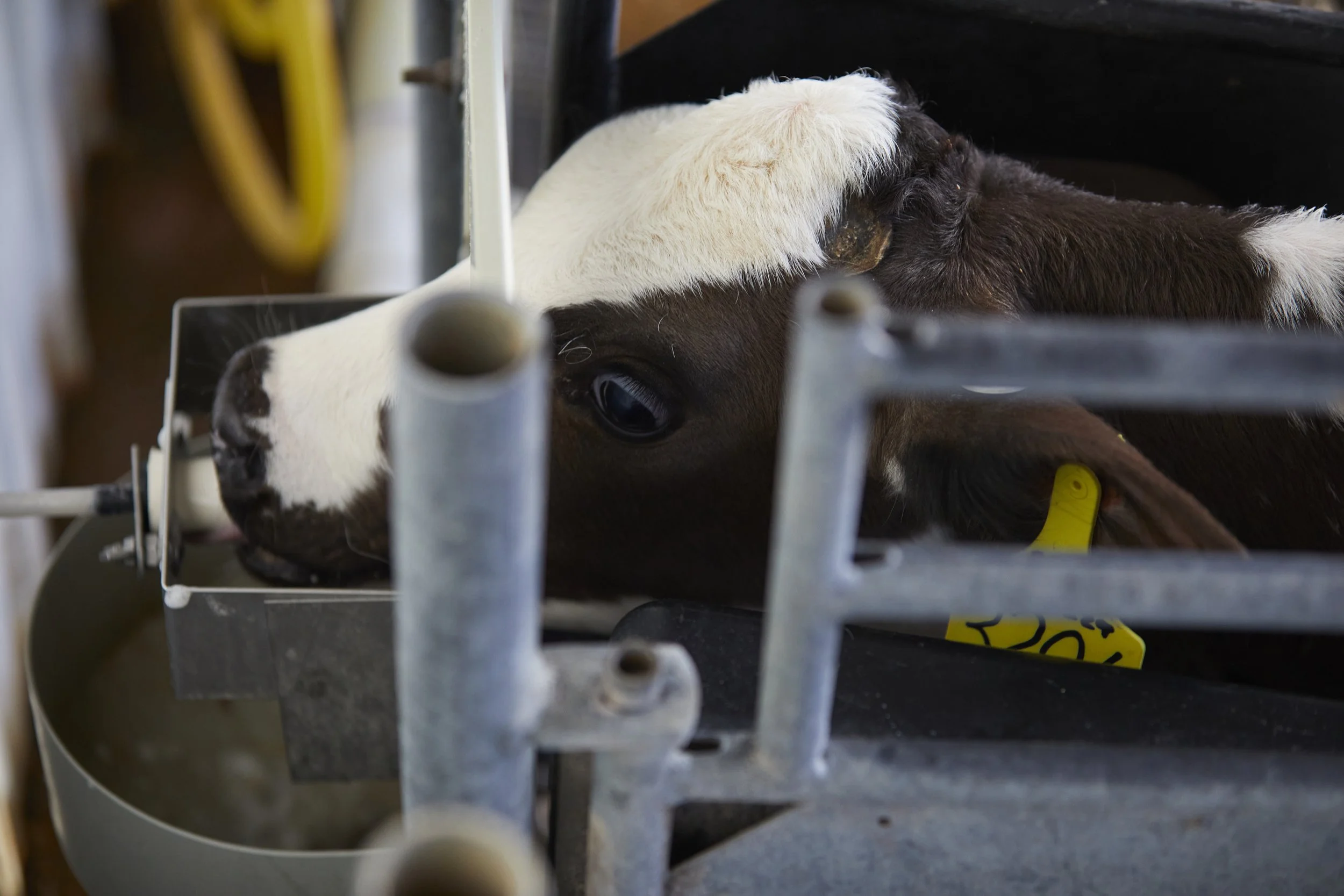Scours and Pneumonia Go Hand-in-Hand
Experienced calf raisers know that scours and pneumonia are the two most common and frustrating health challenges they battle in their animals. What we’re learning now is that the two diseases have some common denominators.
The most recent dairy calf study by the USDA’s National Animal Health Monitoring System (NAHMS) shows that, in the 2,545 calves studied, more than half of all deaths (53%) were caused by scours, pneumonia, or a combination of the two.
If you look at your own treatment records, you’ll probably notice a trend that has been confirmed by industry research – if you have a calf with scours, there’s approximately a 40% chance that they later will develop pneumonia. Typically, we see scours cases break at about 2-3 weeks of age, and pneumonia at 4-6 weeks.
Renowned calf researcher Sheila McGuirk, Professor Emeritus at the University of Wisconsin College of Veterinary Medicine, has noted that both clinical scours and pneumonia usually involve more than one infective organism.
McGuirk said most of the pathogens that cause scours and pneumonia are ubiquitous. While there are many measures we can take to keep pathogen loads down, calves are still going to be exposed to them on the farm.
“Simply put, the best defense comes from a bottle (and probably more!) of colostrum, not a bottle of vaccine.”
That leads us to the other common thread between scours and pneumonia: immunity. Calves that become sick with scours suffer a blow to their natural immune defenses, and also may be set back by dehydration and scarring of the gut. Those vulnerabilities leave the door open for the invasion of other pathogens down the road, which often results in pneumonia.
It’s easy to understand, then, why we often see pneumonia outbreaks at stressful times like weaning. That added layer of stress breaks down their defenses quickly if they already are in a compromised state.
The best way to support calf immunity – and help calves ward off both scours AND pneumonia -- is through outstanding colostrum management. Delivering high-quality colostrum to every calf within 4 hours of birth is the single most beneficial step we can take to prevent both diseases.
That same NAHMS calf data confirmed the direct relationship between colostral immunity and calf health and survival. In the study, calves with 8 g/L of serum IgG were classified as having failure of transfer of passive immunity (FTPI). Those animals had a 40.3% chance of becoming ill, and a 5.2% chance of dying.
Conversely, calves with excellent transfer of passive immunity – 30 g/L of serum IgG or higher – had just a 29.3% risk of illness and 2.0% risk of death.
Another recent study in Brazil looked at the consequences of FTPI on subsequent scours and pneumonia incidence. They found that among calves without adequate passive immunity, 33% developed scours, and 62% developed pneumonia. Re-occurrence of scours also was significantly higher among the calves with poor colostral immunity.
Of course, there are many other management factors that are important in keeping calves healthy. Good nutrition; clean, dry bedding; excellent ventilation; calf jackets in cold weather; and fresh, clean water also support calf health and performance.
But colostrum still needs to be the foundation of successful immunity. If we do colostrum right, calves are well-equipped to deal with a host of other challenges that might come their way.
It is interesting to note that Dr. McGuirk stated early vaccination is NOT an effective way of preventing pneumonia in preweaned calves. Even with colostrum, their immune system is not yet developed enough to respond to vaccines. Simply put, the best defense comes from a bottle (and probably more!) of colostrum, not a bottle of vaccine.
The Brazilian researchers who studied FTPI declared it a serious issue on many fronts. They said because it results in higher disease incidence; a longer rearing period; and increased use of antibiotics in calves, it is a concern for animal welfare, economics, and public health alike.
By starting on day 1 with colostrum, we can go a long way toward preventing sickness, frustration, and setbacks for calves and their caretakers in the days and weeks that follow.
Recent Posts



It takes hard work and considerable investment to create a newborn calf. So, when that calf hits the ground, we want to do everything we can to give it the best possible start to a healthy and productive life.